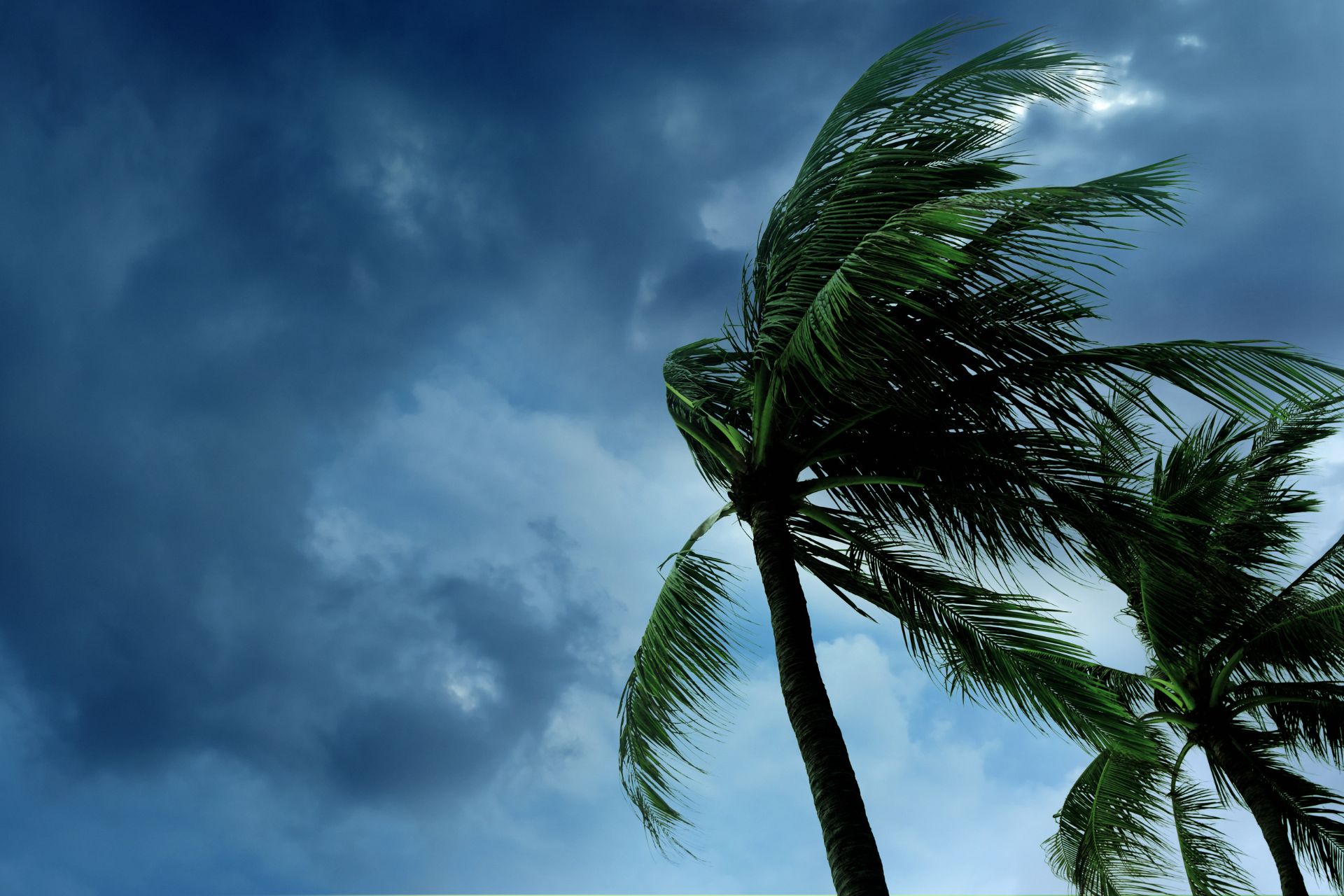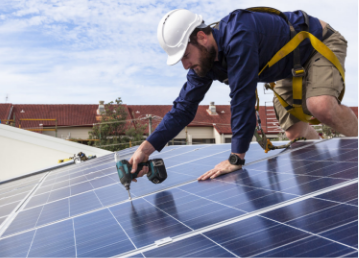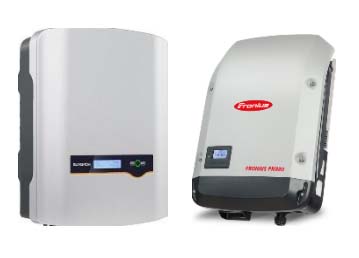La Niña is a complex weather pattern known for increasing rainfall and stormy weather across Australia. This comes with an increased chance for flooding, cyclones and other catastrophic weather events.
In the last three years, Australia has been experiencing a consistent La Niña pattern. This is looking to continue into 2023. With all the increased rain and cloudy days, what does La Niña mean for your solar system? Let’s dive deeper into exactly how it affects your solar system and its productivity.
How does the lack of sunshine affect the panels?
A lot of people are under the impression that solar panels only work on bright, clear, sunny days. But, this simply isn’t the case! Solar panels are designed to maximise the use of both direct and indirect sunlight to generate and capture energy. While your system may not capture as much energy on a cloudy day, it is unlikely to effect efficiency.
Rain can also be a good thing for helping your panels capture energy. As the rain hits the panels, it clears away any debris and dust, helping them run more efficiently.
What happens during flooding?
During weather like this, floods are an expected consequence. It is important to be aware of the safety precautions that should be taken to ensure the safety of you and your family.
Solar panels will continue to generate electricity even after the mains power has been disconnected. This means they can pose a threat to electrical safety for the household and emergency workers during flooding.
Best practice is to follow the correct shutdown procedure as soon as you know your home is at risk of a flooding event. It’s vital, however, that you don’t attempt to turn off a system that is already wet. If in doubt, always contact your installer and listen to their safety instructions.
After a flooding event, your system should not be switched back on until it has been checked by an accredited installer.
What happens in a cyclone?
Another common weather event during La Niña is cyclones. These are particularly common in Far North Queensland. In these conditions where wind is extreme, rain is super heavy and debris is often flying around and posing a threat to infrastructure, solar panels have the potential to be damaged.
Solar panels are built to be strong and withstand severe weather conditions, however, there are cases where debris such as trees, building materials and rocks can create serious damage to the face of the solar panels. If your panels are not correctly installed, there is also potential that they may be blown off in the wind.
Through reinforcing your roof, loose items and keeping trees trimmed around your yard during cyclone season, you’re ensuring that your home and solar panels will be protected from most of the damage possible from a cyclone.
Similarly to flooding, you should turn your solar system off prior to the cyclone hitting. This ensures they don’t pose a threat to emergency workers or your family in the case of any damage.
La Niña is looking to stick around for at least the next 6 months so we need to be prepared and knowledgeable about our solar systems and their care during this time. Although your system will consistently produce energy, in the event of an extreme weather system like flooding or cyclones, they should be correctly dealt with to ensure the safety of yourself and others.





